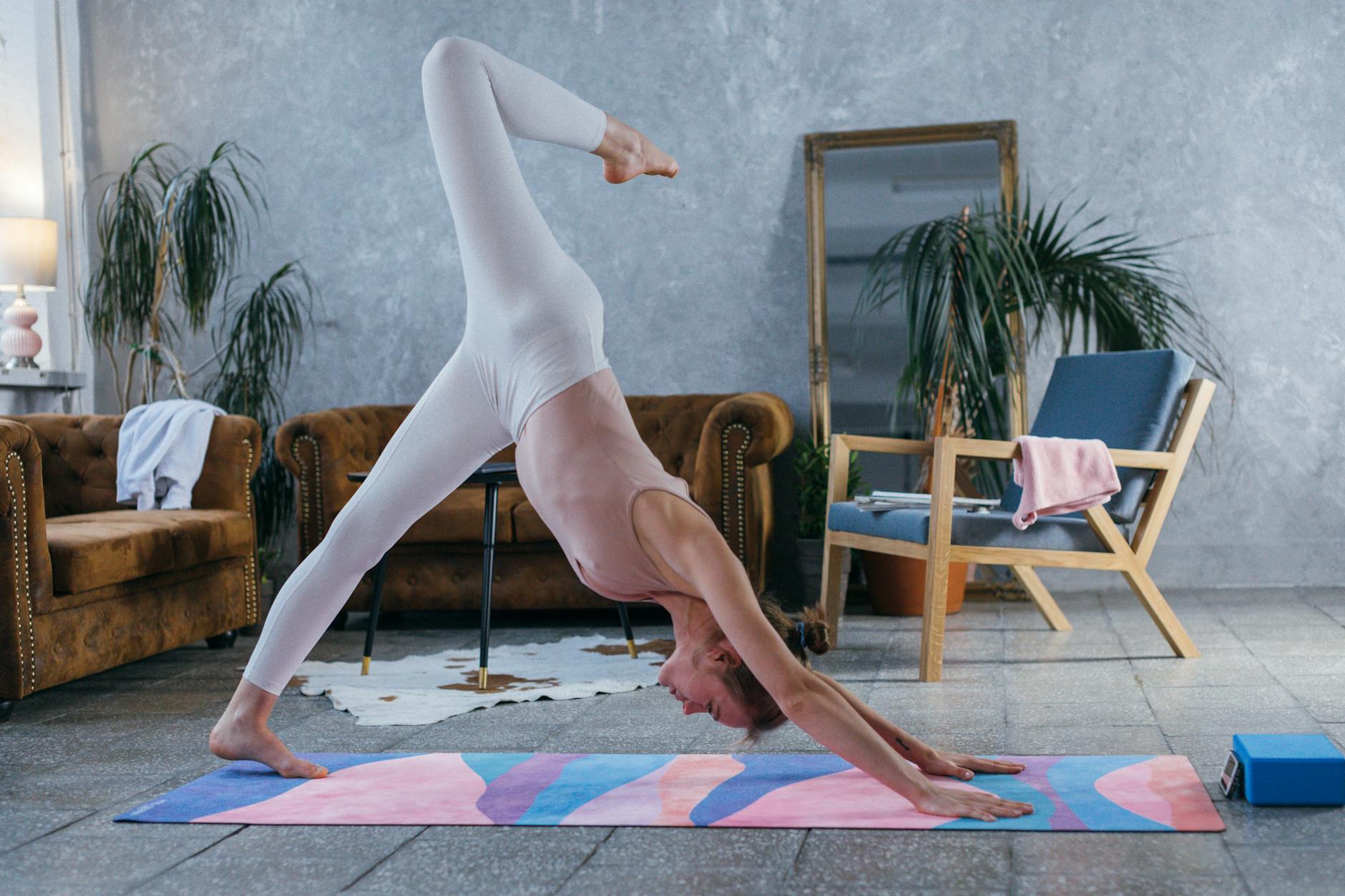There’s a reason so many filmmakers start stories of characters near a breaking point with a cacophony of noises over a black screen. Even with the visuals shut out, the constant string of noise we endure each day feels oppressive and busy.
Cutting through all of that clutter and giving yourself some space to just exist takes effort. That’s where learning how to practice mindfulness comes in.
Mindfulness doesn’t have to be a spiritual journey. It’s less about turning too far inward than simply being aware that you exist among a universe filled with other stuff.
Keeping that stuff at an appropriate distance, both physically and mentally, is key.
How to Practice Mindfulness
Table of Contents
Good news: mindfulness is a passive process that is already happening inside you. Between sleep, relaxation, breathing, and your senses, you carve your way through the world. The biggest issue with all of this is how you erect barricades that keep your innate systems from helping.
1. Be Flexible: In Mind
One of the signs of a lack of mindfulness is anxiety. Anxiety, in a nutshell, is a product of your internal sensors working in overdrive. They look for threats so hard they start seeing threats even when there are none.
To get around this, you need to work with yourself, not against yourself.
When a stray thought pops into your head, don’t force it out or clampdown. These reactions give strength to the idle though. Instead, let your thoughts wander without adding resistance or fuel.
Your mind will stop caring and move on when it has something more pressing, or interesting, to deal with.
2. Be Flexible: In Body

When your body is moving, your brain doesn’t have as much room to glom onto issues or churn endlessly.
As a bonus, regular exercise also provides you with strength that helps offset the physical implications of stress and anxiety.
Going further than just moving your body, yoga therapy teaches your mind and body to work together. It takes concentration and a focused mind to hold even a simple pose for too long.
Rather than taking away from your mental acuity, this provides an avenue for your brain to convert nebulous problems into physical stimuli. In this way, yoga lets you physically work through the pain.
3. Set Aside Time
Setting aside time to practice mindfulness doesn’t always feel great. It feels like if you put the time aside, you have to use it or you’re cheating your day.
The time is valuable, what you do inside of it less so. By regularly taking a break to be mindful, even if that time is filled with trepidation, you inch towards benefits.
Being mindful is about carving out space and the time you set aside, when honored, becomes that by default.
4. Breathe
If nothing else, counting your breaths, breathing on purpose, and feeling the air wilfully, centers you. This is taking an automatic response and making it a practical, mindful one. You have control and that matters.
When you learn how to practice mindfulness even as a concept, you gain control and purpose. Over time, you will see this build a barrier around you that allows truer thoughts and better reactions to daily stress.
For more ways to consider the day, check back with us for more news on health and lifestyle.
- How To Create A Safe And Comfortable Home Environment For In-Home Care In Boca Raton? - July 16, 2024
- 10 Trendy Black Nail Ideas To Elevate Your Nail Game - May 6, 2024
- Getting A Free Divorce In Virginia? Here’s What To Expect - April 24, 2024






No Comments